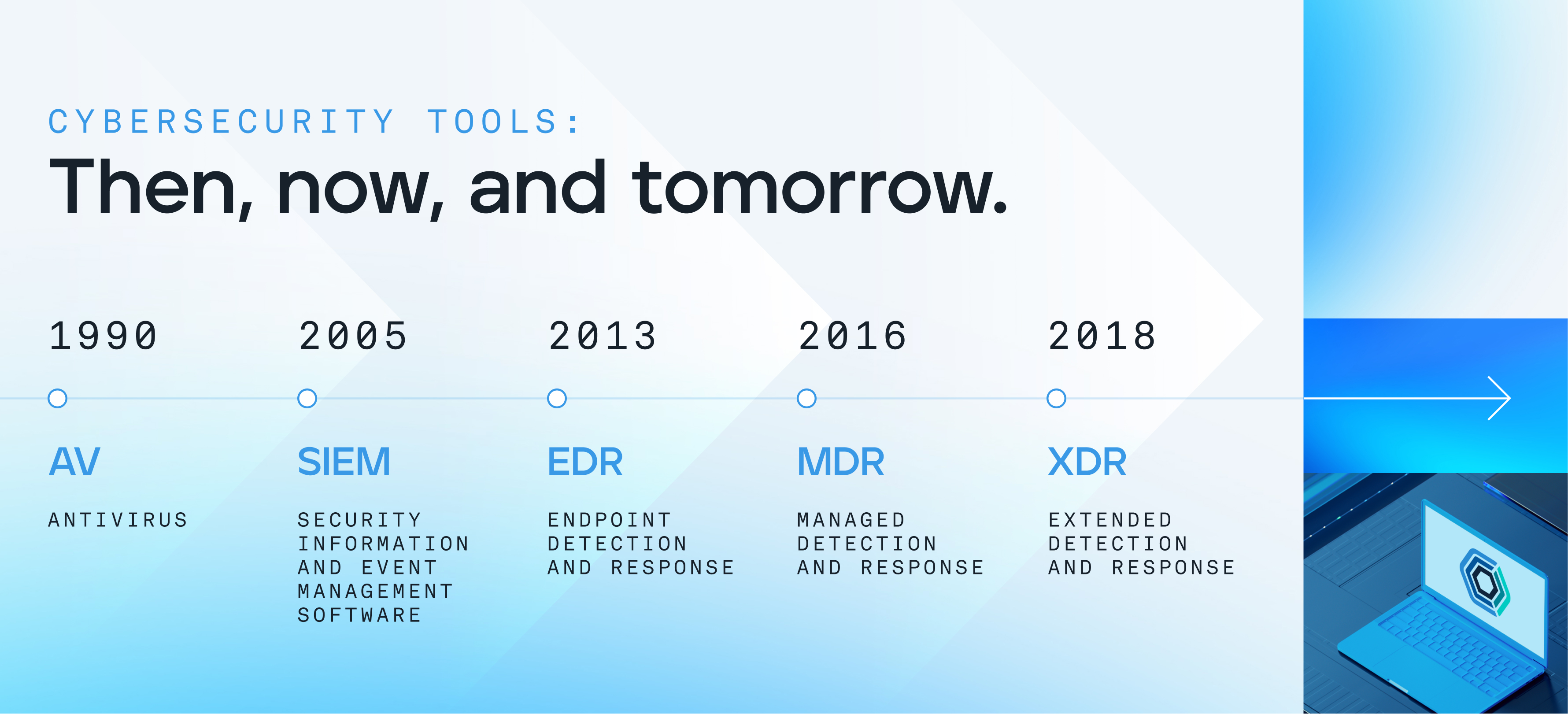
Securing the Future: Navigating Cybersecurity Insurance Regulations
The ever-evolving landscape of cybersecurity threats has led to the emergence of cybersecurity insurance as a crucial risk management tool for businesses. Navigating cybersecurity insurance regulations is essential to ensure comprehensive coverage and fortify defenses against the evolving nature of cyber threats.
Understanding the Importance of Cybersecurity Insurance
In an era where cyberattacks are becoming more sophisticated and prevalent, traditional insurance policies may fall short in adequately covering the unique risks associated with data breaches and cyber incidents. Cybersecurity insurance fills this gap by offering protection against financial losses resulting from cyber threats, including data breaches, ransomware attacks, and business interruptions.
The Scope of Cybersecurity Insurance Coverage
Cybersecurity insurance policies vary, and understanding their scope is vital for businesses seeking comprehensive coverage. Coverage may include expenses related to data breach response, legal and regulatory compliance, public relations efforts, and financial restitution to affected parties. Additionally, policies may cover the costs of restoring systems, investigating the incident, and implementing cybersecurity improvements.
Regulatory Landscape for Cybersecurity Insurance
As the importance of cybersecurity insurance grows, regulatory bodies are taking steps to establish guidelines and regulations to ensure its effectiveness. These regulations aim to create a standardized framework for cybersecurity insurance, outlining requirements for coverage, risk assessments, and incident response plans. Businesses must stay informed about these regulations to align their cybersecurity insurance practices with compliance standards.
Mandatory Reporting and Compliance Obligations
Regulations for cybersecurity insurance often include mandatory reporting requirements in the event of a cyber incident. Businesses may be obligated to report breaches to regulatory authorities, affected individuals, and, in some cases, the public. Compliance obligations are crucial factors to consider when selecting and structuring cybersecurity insurance policies.
Risk Assessments and Customized Policies
Cybersecurity insurance providers often conduct thorough risk assessments before offering coverage. Businesses should actively participate in this process, providing accurate information about their cybersecurity posture. Tailoring policies to specific business needs ensures that coverage aligns with the unique risks and vulnerabilities of the organization.
Cybersecurity Best Practices and Premium Reductions
Implementing robust cybersecurity practices can not only enhance an organization’s security posture but also lead to premium reductions in cybersecurity insurance. Insurers may offer incentives for businesses that demonstrate a commitment to cybersecurity, such as regularly updating security measures, conducting employee training, and investing in advanced cybersecurity technologies.
Incident Response Planning and Cybersecurity Insurance
A critical aspect of cybersecurity insurance is the development of an incident response plan. This plan outlines the steps an organization will take in the event of a cyber incident. Insurers often require businesses to have a well-defined incident response plan to minimize the impact of a breach and demonstrate a proactive approach to cybersecurity risk management.
Third-Party Vendor and Supply Chain Considerations
Many businesses rely on third-party vendors and suppliers for various services, making them potential weak points in the cybersecurity chain. Cybersecurity insurance regulations may address the role of third-party vendors and supply chain security. Businesses should carefully evaluate the cybersecurity practices of their partners to ensure comprehensive coverage.
Emerging Trends in Cybersecurity Insurance
The field of cybersecurity insurance is dynamic, with emerging trends shaping its landscape. Insurers are increasingly focusing on innovative approaches, including the use of artificial intelligence for risk assessment, offering coverage for emerging cyber threats, and exploring ways to address challenges such as silent cyber risks.
Collaboration and Cybersecurity Resilience
In the face of evolving cyber threats, collaboration between businesses, insurers, and regulatory bodies is essential to enhance cybersecurity resilience. Open communication, information sharing, and ongoing collaboration contribute to a collective defense against cyber threats. Businesses should actively engage in industry collaborations and stay abreast of best practices.
In conclusion, navigating cybersecurity insurance regulations is a strategic imperative for businesses aiming to fortify their defenses against cyber threats. Understanding the regulatory landscape, tailoring policies to specific needs, and adopting proactive cybersecurity measures are key components of a comprehensive cybersecurity risk management strategy. To explore more about cybersecurity insurance regulations and stay updated on industry trends, visit Cybersecurity insurance regulations.




